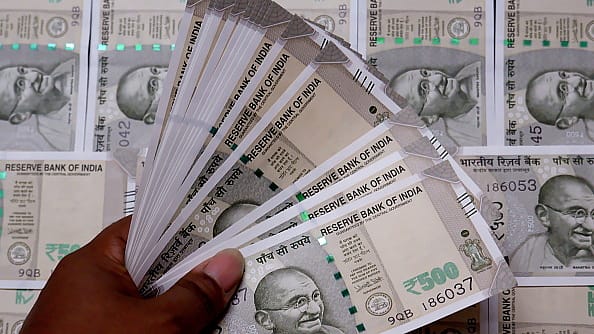Beyond mutual funds SIPs: How Systematic Deposit Plans and liquid FDs can offer stability and assured returns
ADVERTISEMENT

India’s sustained economic growth for well over a decade has created an aspirational class of consumers with a clear shift in financial behaviour with a preference towards market-linked investments. Driven by the positive sentiments in the equity markets over the last few years, young Indians are gravitating towards high-yielding instruments like equities and mutual funds, with a small section of individuals also venturing into riskier avenues like Futures and Options (F&O) in their quest for quick returns.
However, while all is well when the going is good, it is essential that every investor curates a well-diversified investment portfolio to protect themselves in case the tide turns.
With well over 60% of India’s population under 35, being digitally connected and with improved access to financial services, there is a growing need for personal finance education to help India’s youth secure their long-term financial future. With a plethora of investment opportunities available, choosing the right asset allocation aligned with individual goals, risk tolerance, and time horizons is essential for financial security.
Simultaneously, even as the importance of having a well-rounded and balanced investment portfolio cannot be overstated, what is equally important is a need for innovation in traditional banking products that cater to the requirements of and appeal to this cohort of new-age investors.
Two such products are explained here.
Systematic Deposit Plan
December 2025
The annual Fortune 500 India list, the definitive compendium of corporate performance, is out. This year, the cumulative revenue of the Fortune 500 India companies has breached $2 trillion for the first time. Plus, find out which are the Best B-schools in India.
While most investors are familiar with the highly popular Systematic Investment Plans (SIP) in mutual funds, there is lesser awareness of Systematic Deposit Plans (SDPs), also known as Recurring Deposits. SIPs offer good returns because of the periodic nature of investments; however, they are also subject to market risk. SDPs are a fixed-income option that provides assured as well as higher returns with no market risk.
One of the standout features of an SDP is that a depositor can lock in a higher rate of interest for each monthly deposit for the full tenure of the SDP while making monthly contributions. SDP also offers flexibility to depositors in terms of loan and overdraft facilities of up to 95% of the deposited amount and the ability to deposit the monthly contribution on any day of a particular month (and not on an exact date every month) with the depositor getting a period of 30 days to deposit the monthly contribution.
Both SIPs and SDPs inculcate a disciplined approach to investments and savings respectively with regular monthly contributions and a good balance of both these instruments can help meet diverse financial goals effectively.
Flexibility in Fixed Deposits – Liquid FD
Liquid Fixed Deposits is a unique product that combines the higher rates offered by a Fixed Deposit with the easy liquidity associated with a Savings Bank account. Here a depositor can withdraw money from the Liquid FD in part, if required, at any time during the tenure of the FD and as many times as required without having to close the FD. The rest of the FD continues to earn the contracted rate of interest with the customer having to bear the prepayment penalty, if applicable, on only the amount that is prematurely withdrawn. This is in contrast to a traditional FD where part prepayment involves closure of the entire FD, with the deposit holder having to pay a proportionately higher prepayment penalty and forgo interest on the entire amount.
Long-term wealth creation, goals-based investing, building an emergency fund should all be a part of a diversified, asset allocation plan. As the banking industry continues to innovate and introduce new products in response to changing customer preferences, it will present more choices and help customers achieve their financial goals more effectively.
The writer is executive director at Bank of Baroda.
